You know, the cosmos is such a fascinating world but let’s not turn this into a science lecture – let’s zoom out, quite literally, and focus on the exciting experience of observing Jupiters Great Red Spot from your backyard. Believe it or not, with just a decent telescope, a slice of curiosity, and a pinch of patience, you too can marvel at this extraterrestrial wonder. Don’t worry, this beginner’s guide has got your back and by the end of this chat, you’ll be ready to share your own tales of celestial observation with the universe. Buckle up, space voyager, because your journey to Jupiter starts right here.
Table of Contents
A Beginner’s Guide to Observing Jupiters Great Red Spot
Understanding the Great Red Spot
What is Jupiter’s Great Red Spot?
You’ve probably heard of it, but have you ever really wondered what Jupiter’s Great Red Spot is? Let’s discover this astronomical marvel together! It’s a persistent high-pressure region in the atmosphere of Jupiter, producing a storm that is larger than Earth. Yes, you read that right, a storm bigger than our very own planet! Intriguing, isn’t it?
Facts about the Great Red Spot
Diving a little deeper, the Great Red Spot has been observed for the past 300 years (no, that’s not a typo!), and it spins counterclockwise with a period of six earth days. Did you know that it’s so enormous that three Earths could fit inside it? Better stay on the right side of this giant storm, right?
Historical observations and discoveries
Over the years, this mighty storm has made history time and again. Galileo Galilei first observed it as early as the 17th century. However, continuous observations only began in the 19th century. Remarkable, isn’t it, that something so far away can be observed and studied from our tiny blue planet?
Best Time for Great Red Spot Observation
Jupiter’s opposition
When is the best time to observe the Great Red Spot, you ask? Well, the best time is during Jupiter’s opposition, which happens when Jupiter is at its closest point to Earth in its orbit. And if you’re curious, opposition occurs approximately once every 13 months.
How does Earth’s orbit affect observation?
You never would have imagined, would you, that Earth’s orbit could affect your observation of the Great Red Spot? As the Earth moves around the Sun, our distance from Jupiter changes. This, in turn, affords us varying degrees of observation advantages!
Importance of patience and persistence
Stargazing doesn’t always mean instant gratification. Sometimes it takes patience and persistence to spot Jupiter’s Great Red Spot – but it’s worth the wait, we promise!
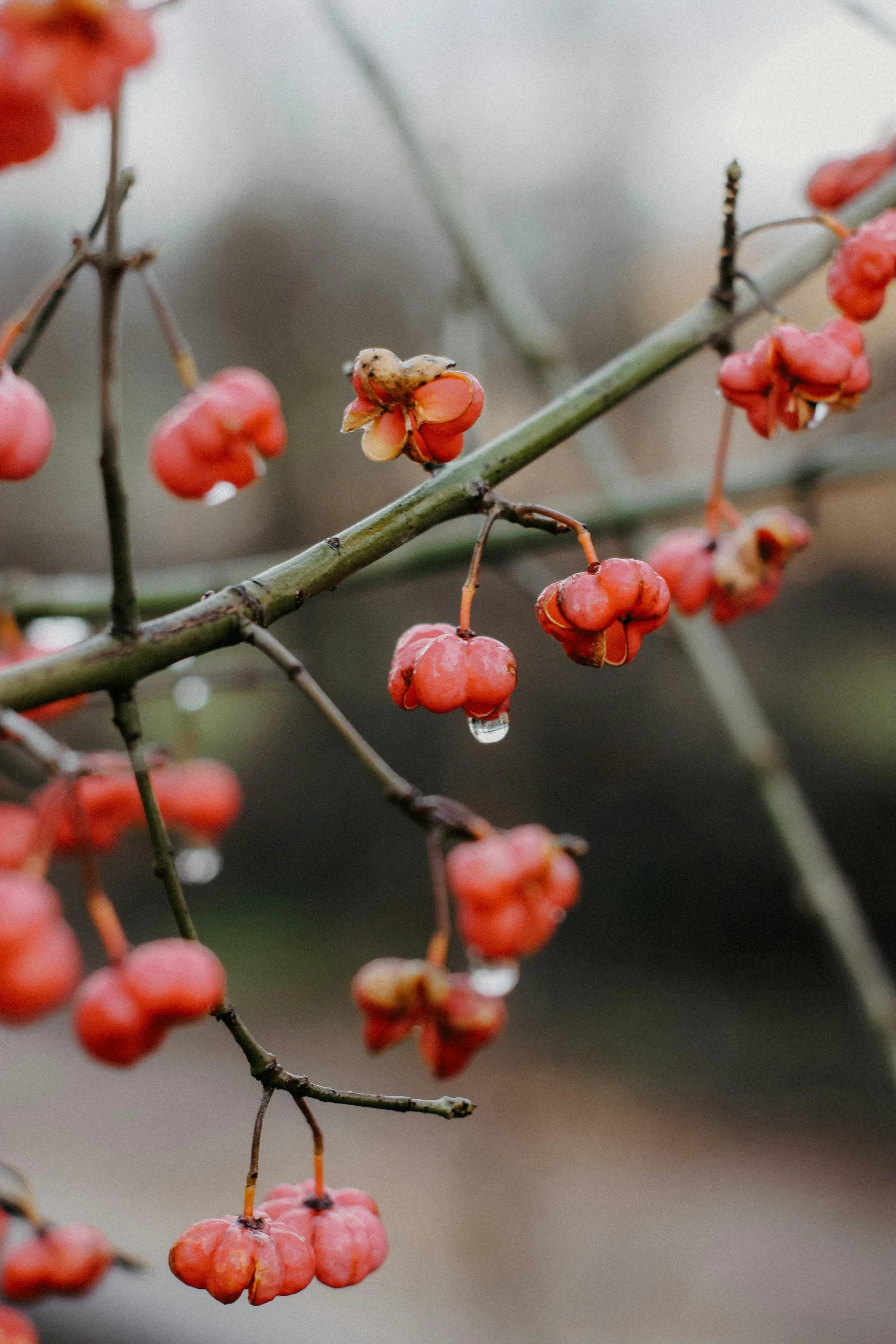
This image is property of images.pexels.com.
Choosing the Right Equipment for Stargazing the Red Spot
Selecting the appropriate telescope size
Size matters – when it comes to telescopes at least! Selecting the right telescope size is important as it directly affects your ability to observe celestial bodies. A larger telescope aperture will enable you to see more detail in Jupiter’s bands and spot its iconic Great Red Spot.
Choosing compatible eyepieces
Choosing the right eyepiece can make your spot-spotting adventure a whole lot easier. A good rule of thumb? Higher magnification eyepieces like 150x or 200x can show the spot more clearly.
Why invest in a Barlow Lens?
Fancy boosting your telescope’s magnification? A Barlow lens can do just that! This not-so-secret weapon can help zoom in on Jupiter’s tantalizing features, including the star of our story, the Great Red Spot.
Considerations for advanced imaging equipment
If you’re up for the challenge, investing in advanced imaging equipment can improve your celestial observation skills. Better equipment can yield better detail, turning your hobby into a passion!
Basics of Telescope Use for Planetary Observation
Setting up your telescope
Before you embark on your celestial treasure hunt, you first need to properly set up your telescope. Make sure it’s stable and level before making any keen observations.
Basics of focus and magnification
Wondering how to make Jupiter appear larger and sharper? Focus and magnification are your answers. Remember, the better your focus and greater your magnification, the clearer your celestial observations will be.
How to locate Jupiter in the night sky
Finding Jupiter is like finding a needle in the haystack – except the haystack is an infinite cosmos. Fear not! With a little bit of knowledge about constellations, and the help of a star map or app, you’ll soon be gazing at the gas giant.
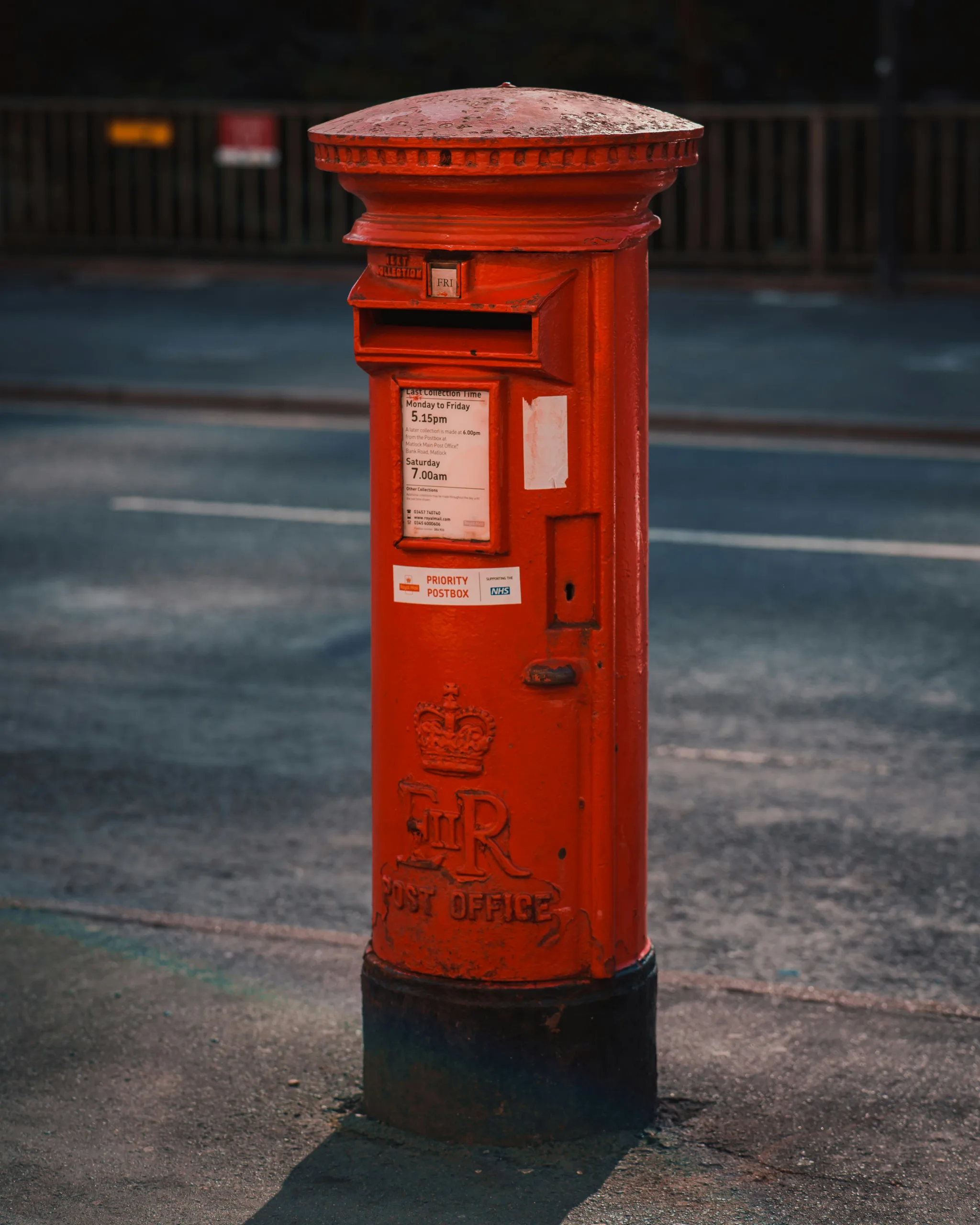
This image is property of images.pexels.com.
Observation Techniques for Jupiter’s Great Red Spot
Different atmospheric conditions and their impact
Just as Earth’s weather can affect your mood, atmospheric conditions can impact your astrological observations. Calm, clear nights provide the best views – so choose your observation nights wisely!
Effects of light pollution
Ever noticed that stars are harder to spot in the city? That darned light pollution! To really see Jupiter’s features, it may be worth a trip to a dark sky location.
Techniques for clarity and detail
From using color filters, to waiting for the ‘seeing’ to stabilize, there are plenty of techniques you can use to improve clarity and detail. Patience is key, my friend!
Decoding the Colors of Jupiter
Why is the Great Red Spot ‘red’?
Ever wondered about the Great Red Spot’s striking color? Its red appearance might be due to complex organic molecules, red phosphorus, or a compound containing sulphur. However, the exact cause of its color remains a mystery – just another reason to keep looking up!
Color variations of Jupiter’s bands
Jupiter is a planet of many colors, and these can be seen in its bands. The bluish-grey hues are created by ammonia ice, while the orange and brown colors might be from compounds in Jupiter’s lower atmosphere. A colorful tapestry indeed!
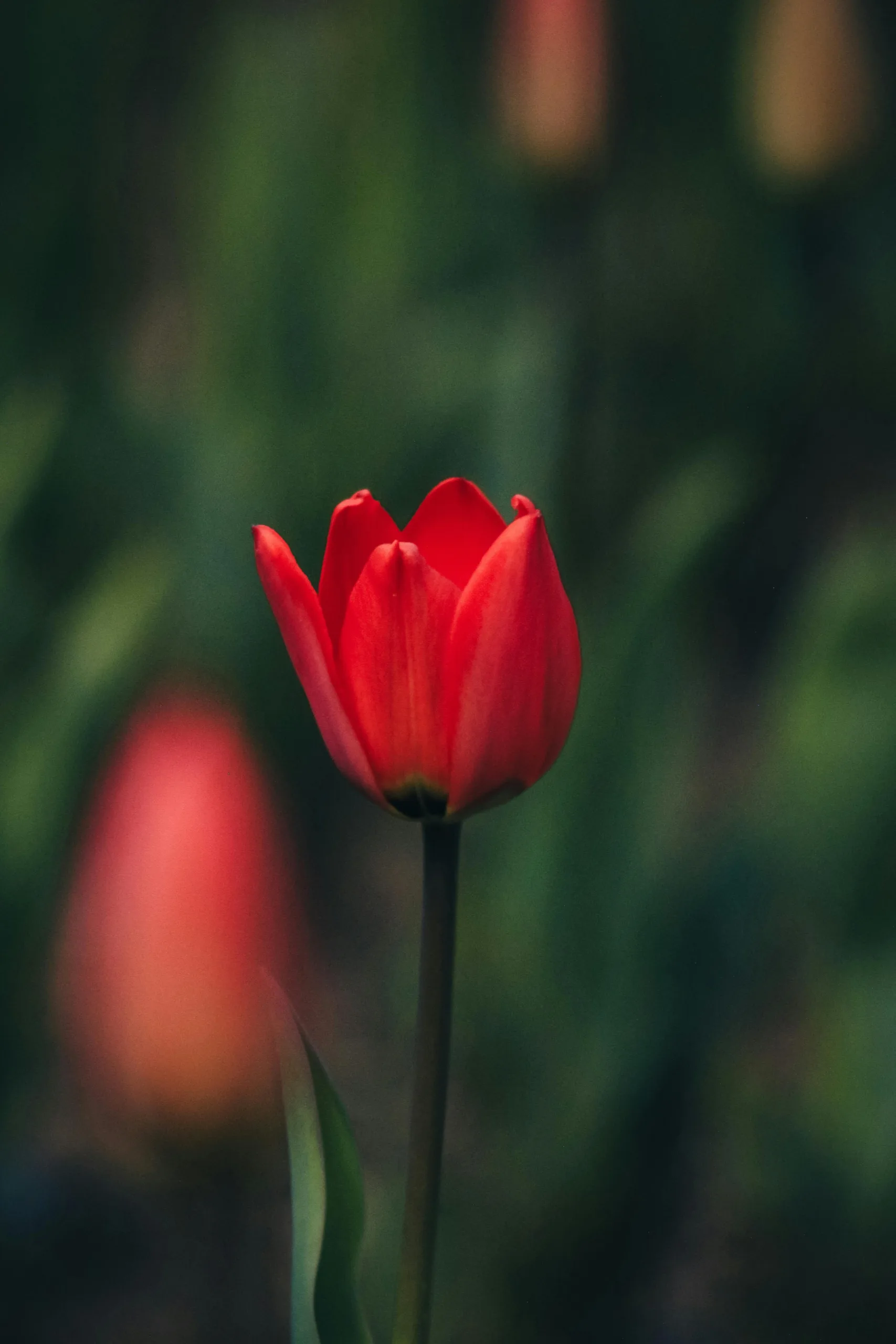
This image is property of images.pexels.com.
Handling Challenges of Celestial Observation
Ways to tackle light pollution
The impact of light pollution can sometimes be minimized with the use of certain telescope filters. You could also pick a spot away from city lights to enjoy the best celestial views.
Dealing with unstable atmospheric conditions
Unstable air (or ‘poor seeing’ as us stargazers call it) can obscure your observations. At such times, waiting for conditions to improve or moving to another location can make a world of difference.
Documenting Your Observation Experience
Keeping a stargazing journal
Imagine having a personal record of your observations. Cool, right? By keeping a stargazing journal, you can track changes in the Great Red Spot and revisit these special moments anytime.
Capturing your observation with astrophotography
Why not capture the marvels of the universe with astrophotography? Snap a photo of the big, bad Red Spot and immortalize your stargazing adventure!
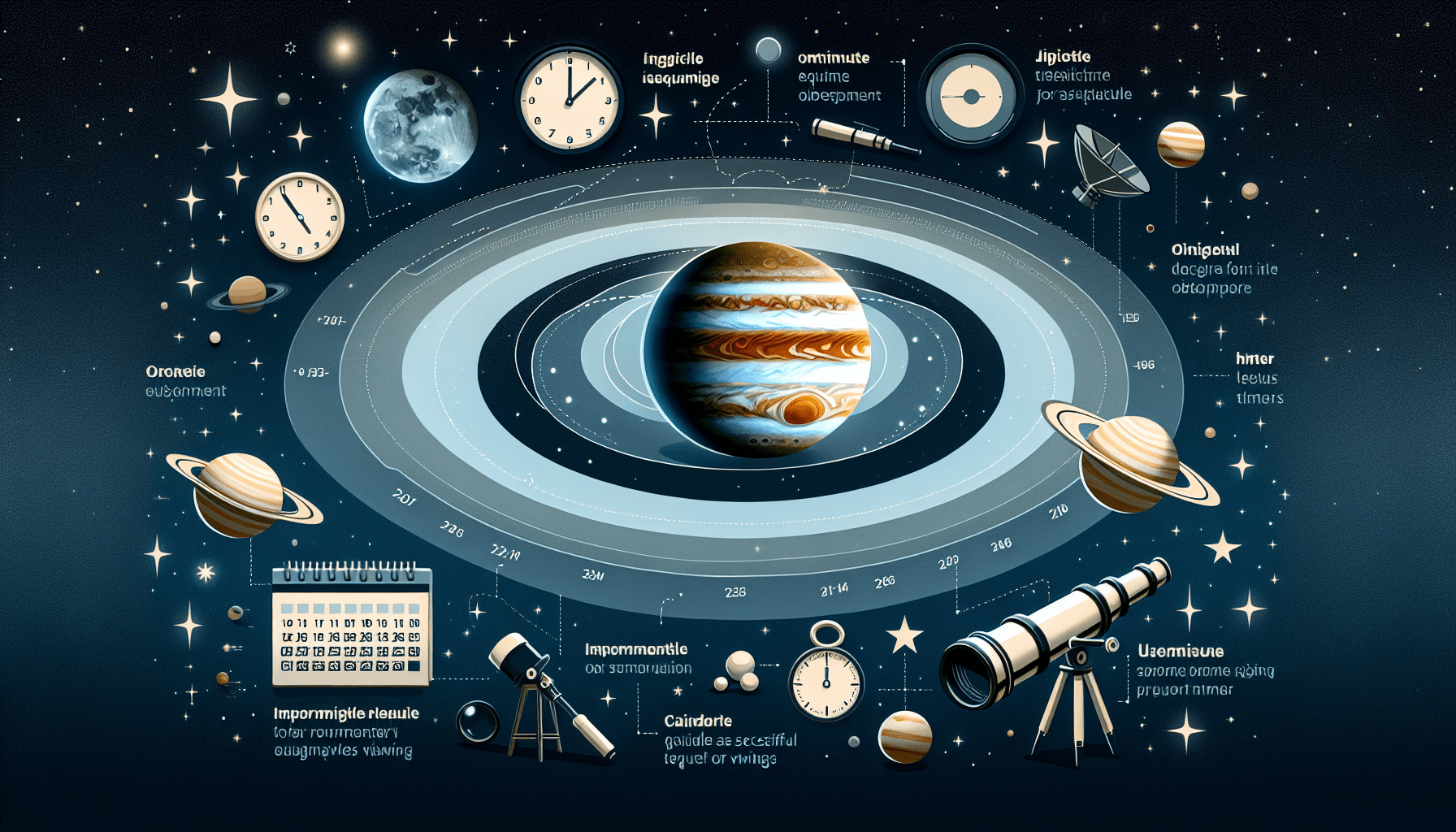
Learning from Others: Join a Local Astronomy Club
Benefits of shared knowledge
Becoming a part of an astronomy club can be beneficial in numerous ways – the shared knowledge, experiences, and even equipment can accelerate your learning.
Gaining practical tips and tricks
From practical tips on telescope handling to nuggets of wisdom about celestial observations, there’s no limit to what you can learn from veteran stargazers.
Discovering community and camaraderie in stargazing
Whether it’s spotting the Red Spot or simply gazing at the stars, everything’s better when shared! The sense of community and camaraderie that comes from shared passion is simply next to none!
Taking Your Observation Skills to the Next Level
Improving your observational techniques for better results
The sky is the limit when it comes to improving your observational techniques. Every night presents a new opportunity to learn more about our amazing cosmos.
Exploring other celestial bodies
Once you’ve mastered Jupiter’s Great Red Spot, why not explore other celestial bodies? The cosmos holds endless beauty waiting to be discovered.
Turning your hobby into a passion
Humble beginnings in backyard astronomy can turn into a lifelong passion for the cosmos. All it takes is curiosity and a drive to learn! Now, are you ready for that stargazing adventure? Jupiter’s Great Red Spot waits for no one, get going!
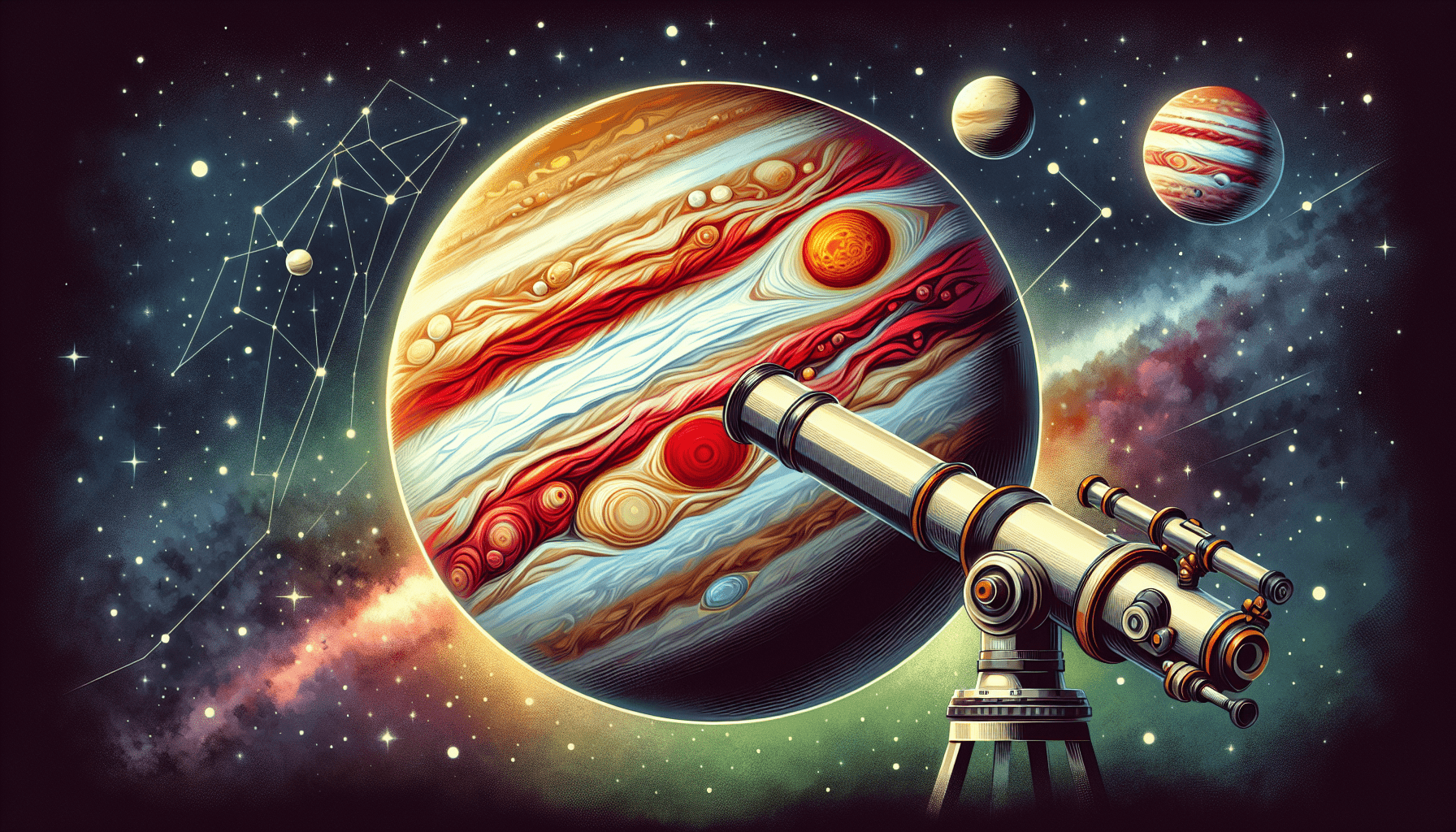
Related site – How to measure Jupiter’s Great Red Spot
